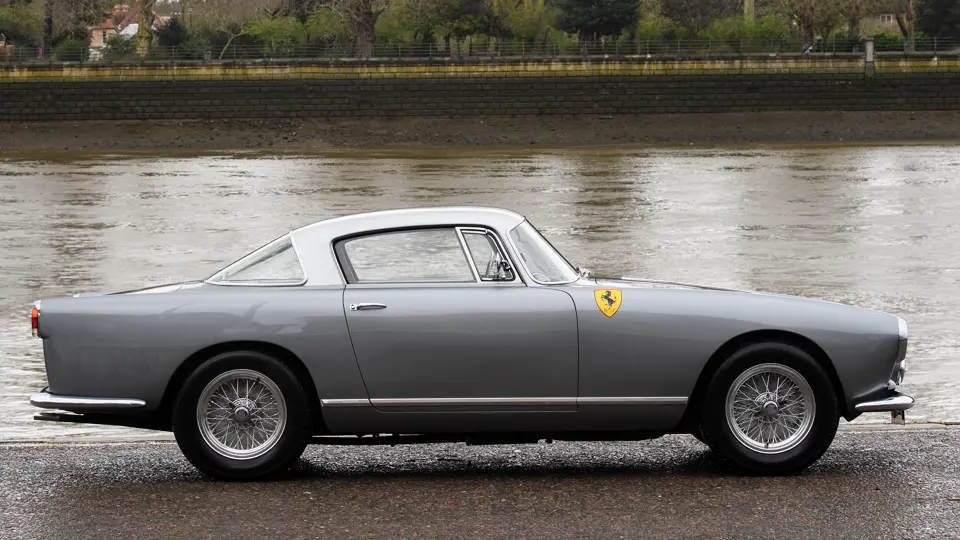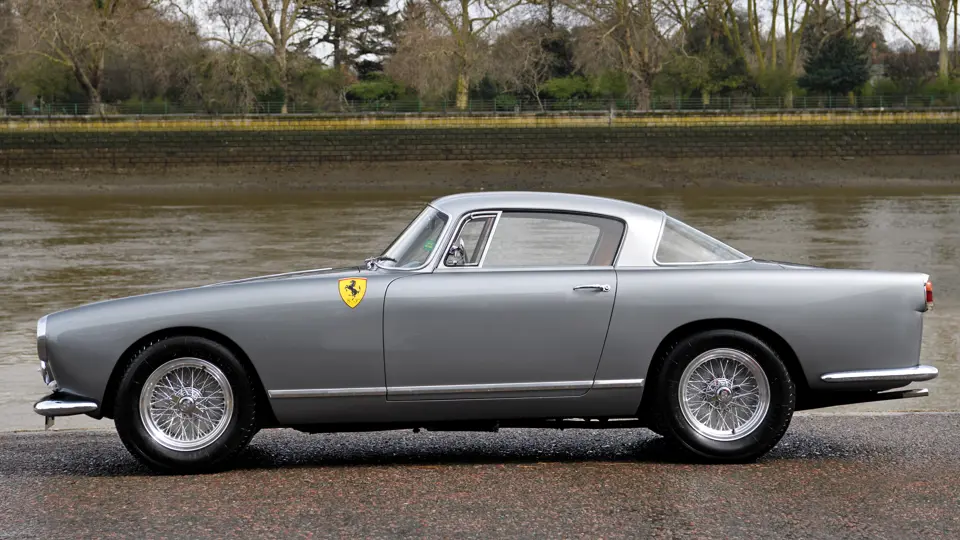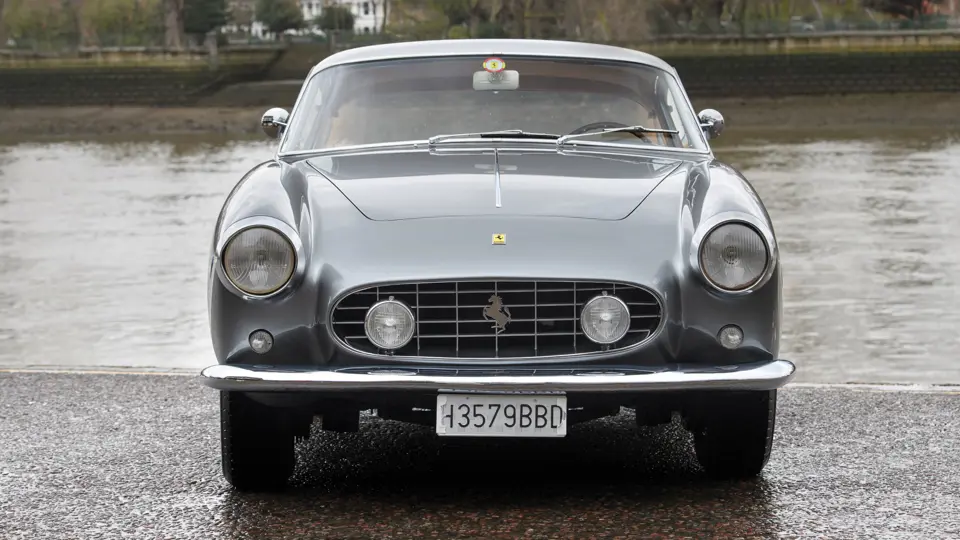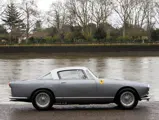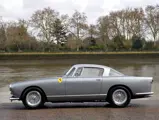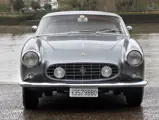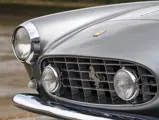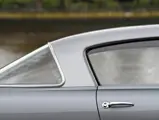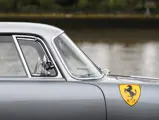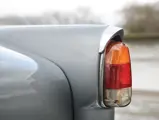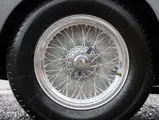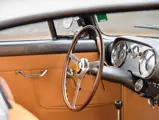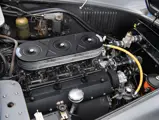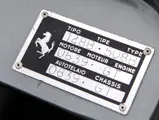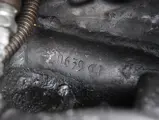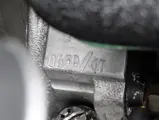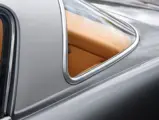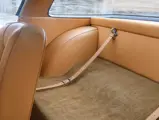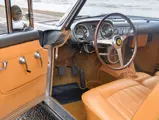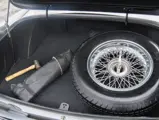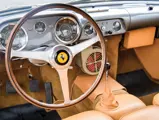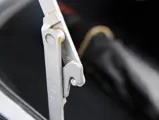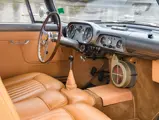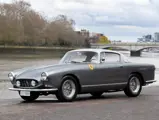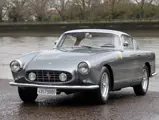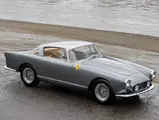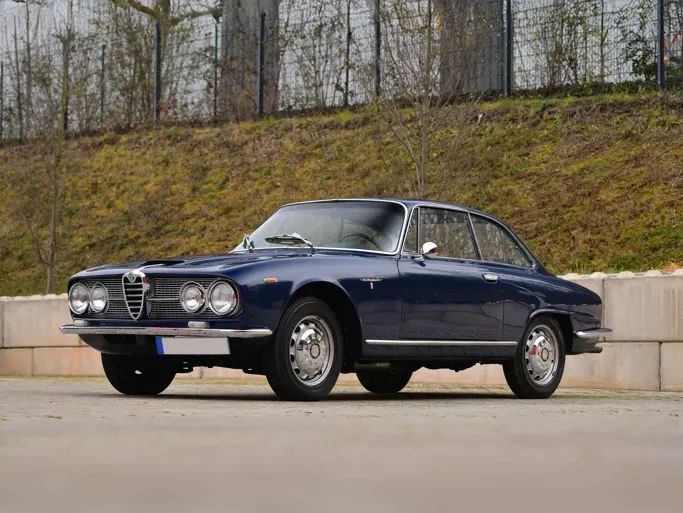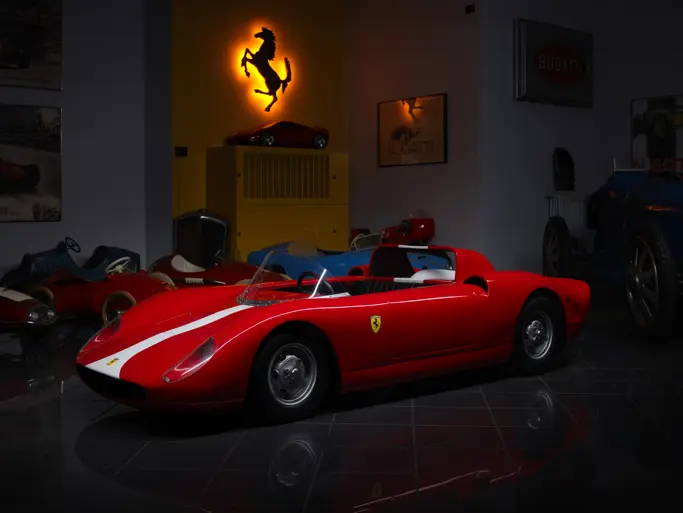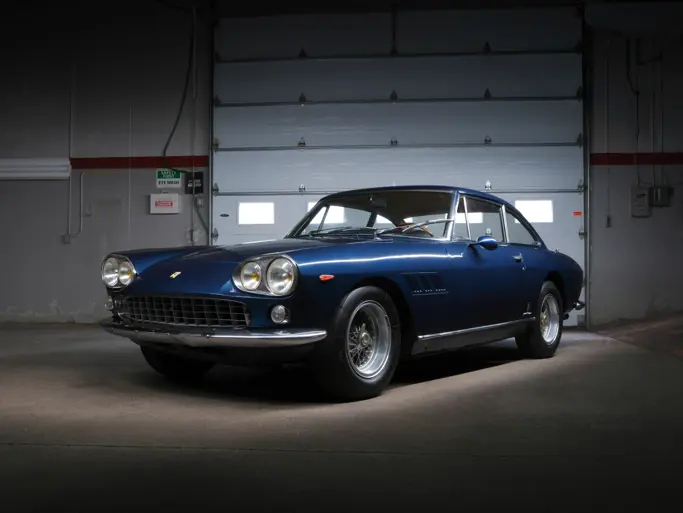
1957 Ferrari 250 GT Coupé by Boano
{{lr.item.text}}
€848,750 EUR | Sold
{{bidding.lot.reserveStatusFormatted}}
- One of 74 ‘Low Roof’ Boano coupés produced
- Long-term European ownership history
- Equipped with its original engine; striking colour scheme
- Eligible for both the Mille Miglia and Tour Auto
- Ferrari Classiche certified
- Un des 74 coupés Boano "low roof"
- Historique de propriété de longue date en Europe
- Équipée de son moteur d'origine
- Éligible aux Mille Miglia et au Tour Auto
Veuillez noter que, contrairement aux indications du catalogue papier, ce véhicule sera vendu avec un "Permiso de Circulation" espagnol.
Enzo Ferrari’s passion may have been racing cars, but by 1950, he had begun to accept that exclusive road cars were needed to finance the company’s growing competition efforts. Early Ferraris for the street were built in very small numbers, usually to special customer order, with no attempt made at standardization. A significant change occurred in 1954, when the Pinin Farina-designed 250 Europa debuted in Paris. It was Ferrari’s first true production model and would form the foundation for all future Ferrari 250 models. These included the second series 250 GT Europa, again designed by Pinin Farina.
At the time of the second series’ unveiling, Pinin Farina was in the process of building a new, much larger production facility and did not yet have the space to build the larger quantities of cars that Ferrari was requesting. Accordingly, the design they created was handed over to Carrozzeria Boano, headed by one of Pinin Farina’s designers, Mario Felice Boano. Boano proceeded to build 67 cars, which had slight styling alterations from the five cars that Pinin Farina had already built, the most notable being a lower wing line. When Boano’s namesake moved to Fiat in 1957, Ezio Ellena, his son-in-law, took over production, now under the banner of Carrozzeria Ellena. Ellena, too, made minor cosmetic changes, in particular a raised roofline, prompting the use of the terms ‘Low Roof’ for Boano bodies and ‘High Roof’ for those by Ellena.
Originally finished in Grigio with Rosso interior, this ‘Low Roof’ Boano coupé was delivered to Milanese publisher Giorgio Mondadori in the spring of 1957. It was exported from Italy to England in the late 1960s, and by the following decade was exhibited in Jim Baxter’s Lark Lane Motor Museum in Liverpool, finished in red with a tan interior. Mr Baxter maintained the car for many years, during which time it was mentioned in the April 1986 issue of Thoroughbred & Classic Cars and appeared in the Ferrari Owners’ Club England roster with registration ‘EPD 27 B’.
Later the Ferrari was owned by Jean-Roger Bossut, of France and Belgium, and in 2007 was seen during the Ferrari 60 Relay event in Reims-Epernay, France, now registered in that country. Subsequently it was Ferrari Classiche certified, and afterwards, in 2012, cosmetically restored in a pale silver-blue metallic, Argento Auteuil Metalizzato with a grey roof and tan interior, as it appears today. Reportedly it also received a rebuild of its original engine by noted marque specialist Terry Hoyle in December of 2017.
Beautifully presented and lovingly finished, with Ferrari Classiche certification, this gorgeous Ferrari coupé represents one of the most elegant designs on the 250 GT chassis.
La passion d'Enzo Ferrari concernait certes les voitures de compétition, mais en 1950 il avait commencé à accepter la nécessité de produire des voitures de route exclusives pour financer l'ambitieux programme de compétition de la marque. Les premières Ferrari de tourisme ont été produites en toute petite série, habituellement sur commande spéciale, aucun effort n'étant fait pour une standardisation. Un changement significatif est apparu en 1954 avec la présentation à Paris de la 250 Europa dessinée par Pinin Farina. C'était la première vraie Ferrari de série et elle allait former la base de toute la future famille des modèles 250, dont la 250 GT Europa de deuxième série, elle aussi réalisée par Pinin Farina.
A l'époque du lancement de la deuxième série, Pinin Farina était en train de construire une usine de production beaucoup plus grande et ne disposait pas encore de l'espace nécessaire pour produire la quantité plus importante de modèles réclamés par Ferrari. Par conséquent, le carrossier confiait ses dessins à la Carrozzeria Boano, dirigée par un des ingénieurs de Pinin Farina, Mario Felice Boano. Boano a donc pris en charge la fabrication de 67 voitures, légèrement différentes des cinq exemplaires déjà produits par Pinin Farina, avec en particulier un ligne d'ailes plus basse. Quand Boano passait chez Fiat en 1957, son gendre Ezio Ellena prenait la suite de la production, sous le nom de Carrozzeria Ellena. Ellena, lui aussi, effectuait des modifications esthétiques mineures, dont une ligne de toit plus haute, ce qui générait le qualificatif "low roof" ("toit surbaissé") pour les carrosseries Boano et "high roof" ("toit surélevé") pour les versions Ellena.
De teinte Grigio avec sellerie Rosso à l'origine, ce coupé Boano "low roof" a été livré à l'éditeur milanais Giorgio Mondadori au printemps 1957. Il a été exporté d'Italie en Angleterre à la fin des années 1960 et, lors de la décennie suivante, il a été exposé au sein du Lark Lane Motor Museum de Jim Baxter, à Liverpool. Il était alors de couleur rouge, avec intérieur beige. M. Baxter conservait la voiture plusieurs années et, pendant cette période, elle est apparue dans les pages du numéro d'avril 1986 du magazine Thoroughbred & Classic Cars. Elle était inscrite au Ferrari Owners’ Club England sous le numéro d'immatriculation "EPD 27 B".
Par la suite, cette Ferrari a appartenu à Jean-Roger Bossut, basé en France et en Belgique et, en 2007, elle a participé à l'évènement "Ferrari 60 Relay", à Reims-Epernay, et portait alors une immatriculation française. Elle a reçu ensuite une certification Ferrari Classiche et, en 2012 a bénéficié d'une restauration cosmétique dans une teinte bleu-argent métallisé, Argento Auteuil Metalizzato avec toit gris et intérieur beige, telle qu'elle est présentée aujourd'hui. Elle aurait aussi fait l'objet en décembre 2017 d'une reconstruction moteur par le spécialiste réputé Terry Hoyle.
Magnifiquement présenté, avec une finition soignée, accompagné d'une certification Ferrari Classiche, ce superbe coupé Ferrari représente une des réalisations les plus élégantes sur la base du châssis 250 GT.
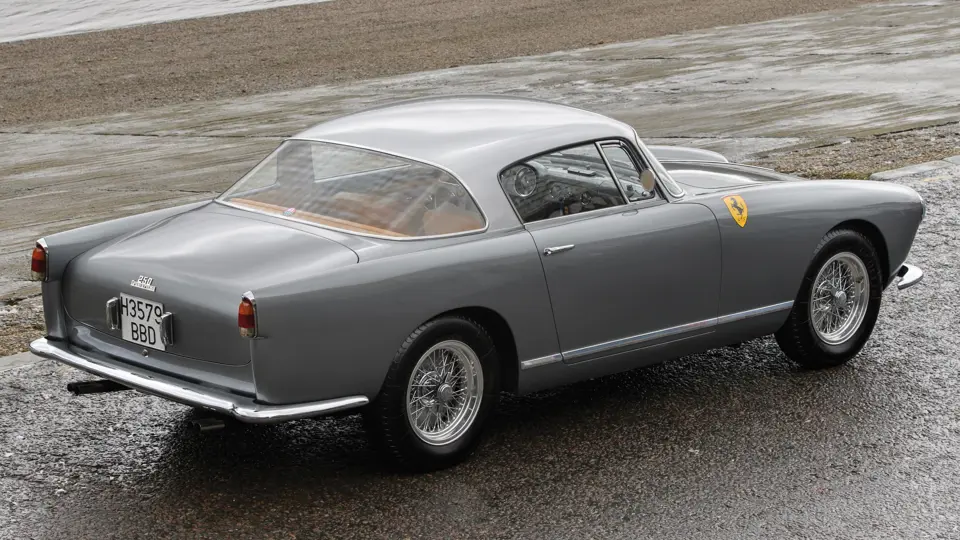

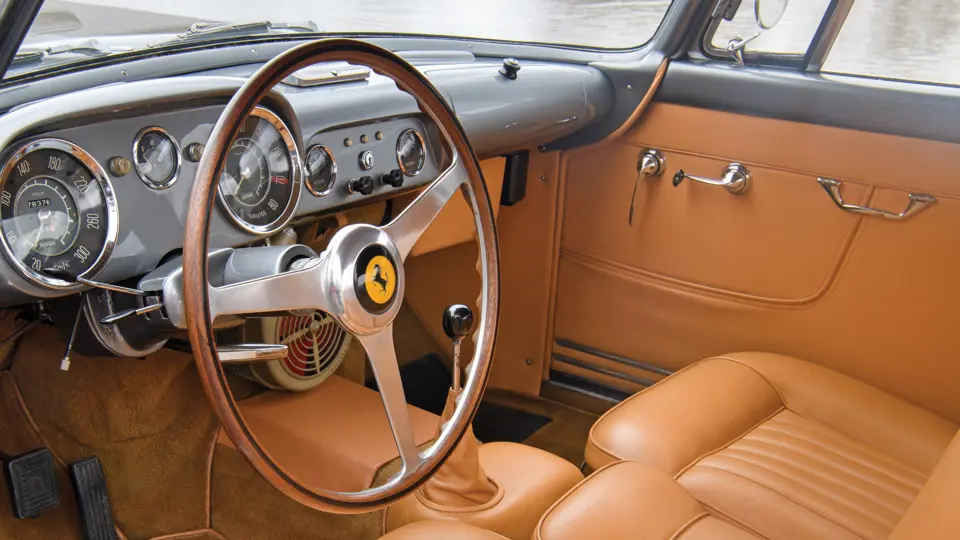



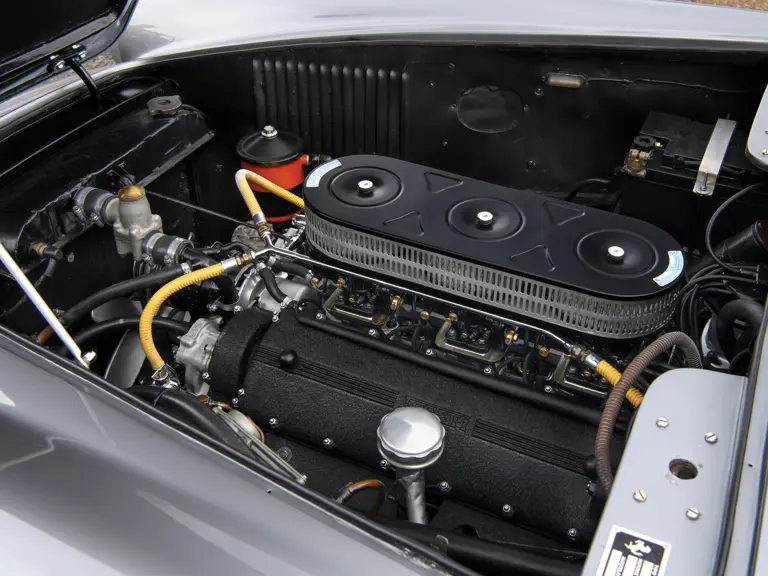
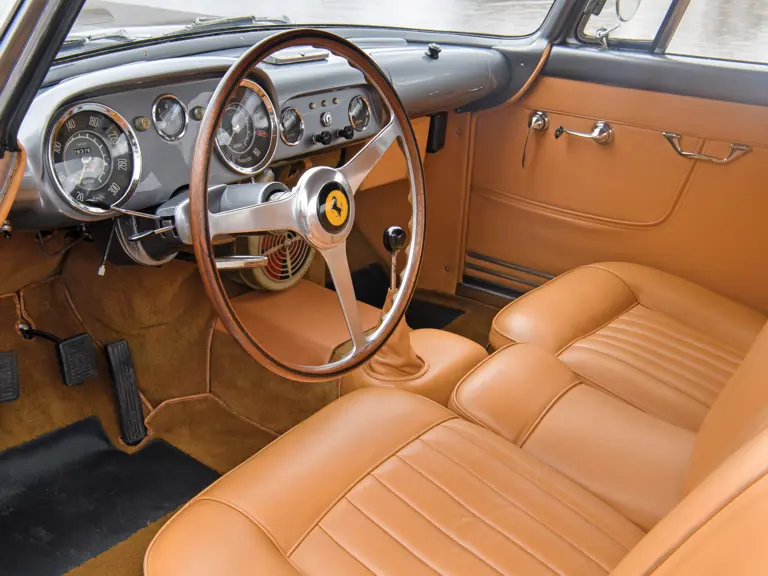
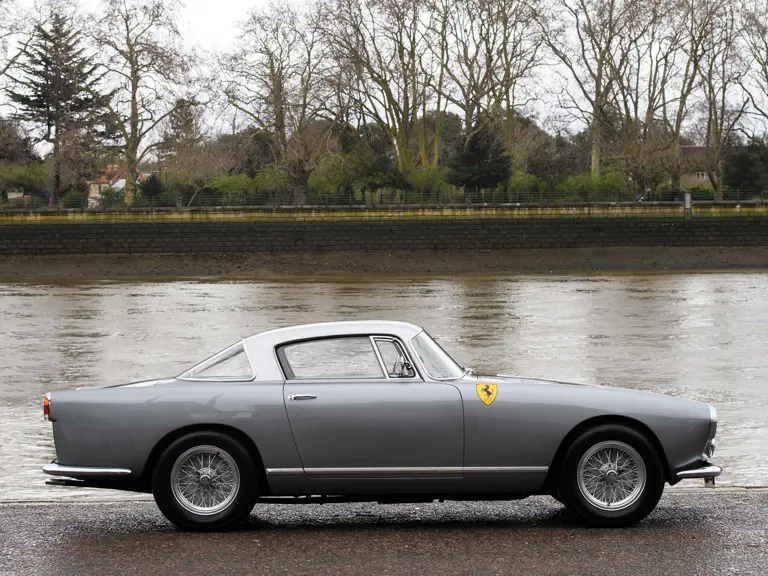
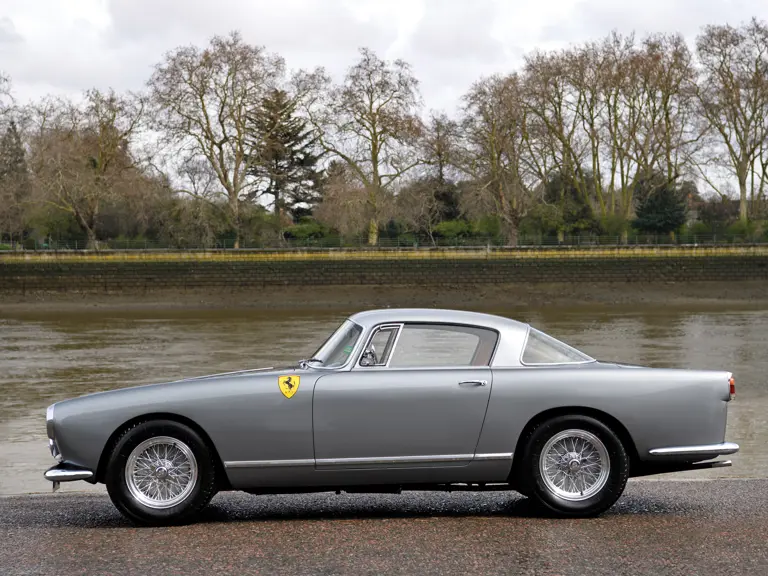
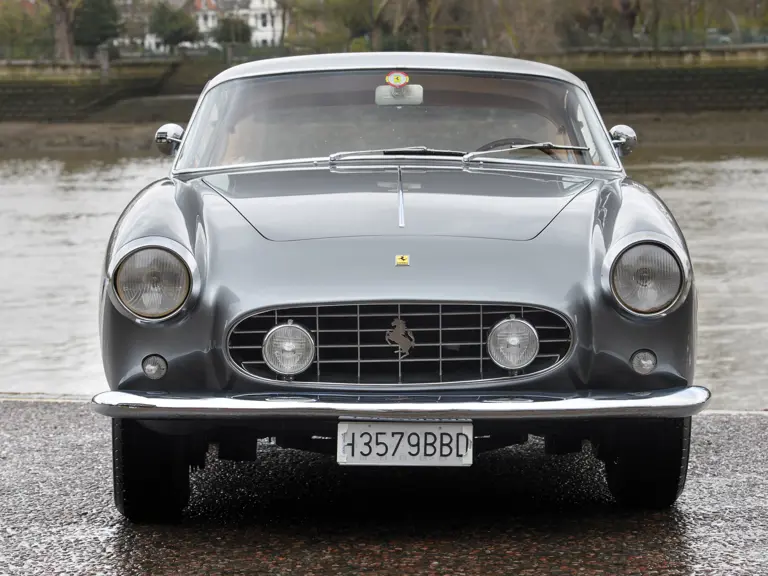
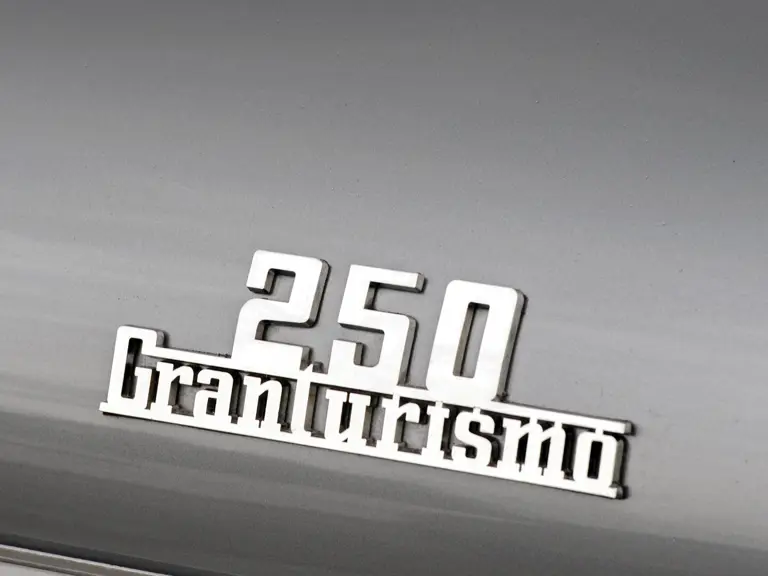
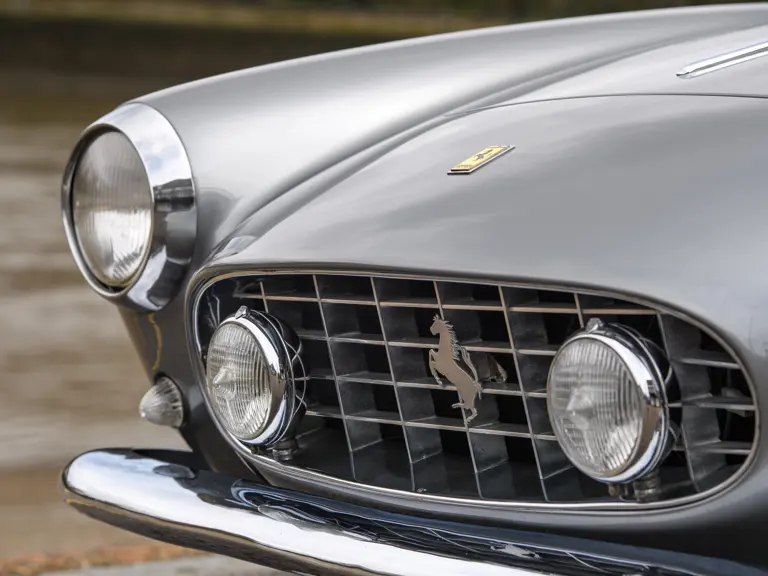
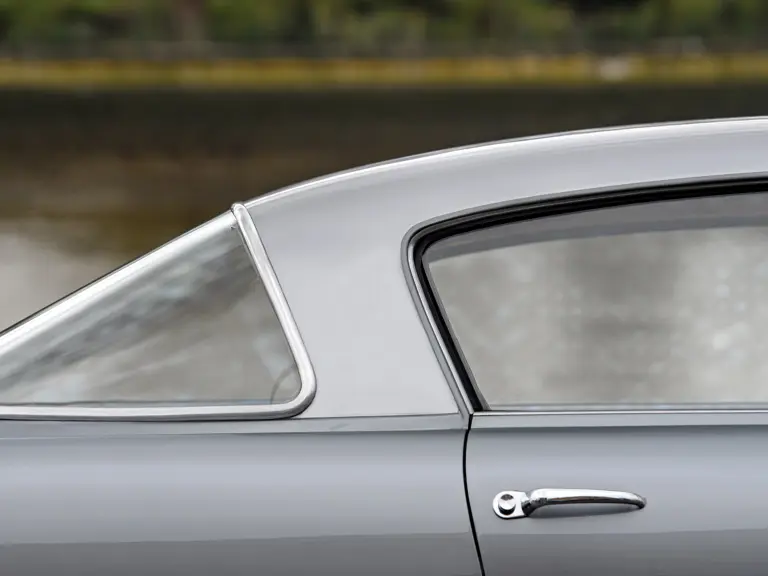
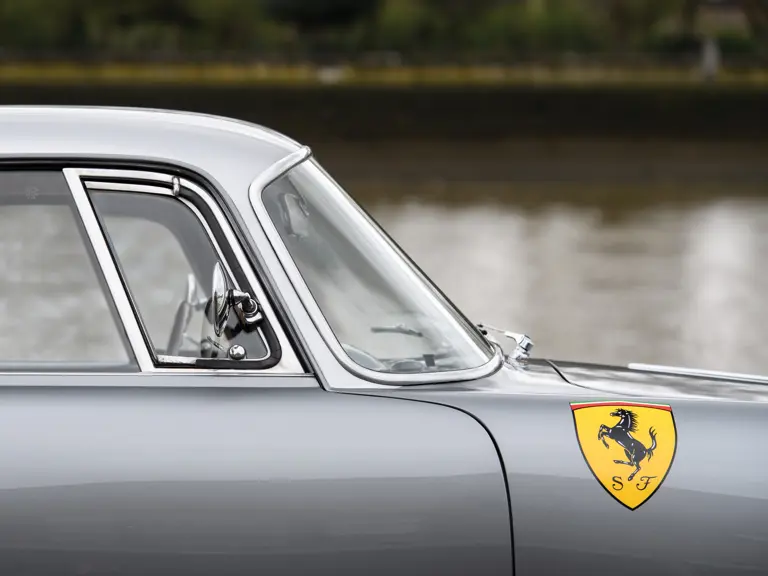
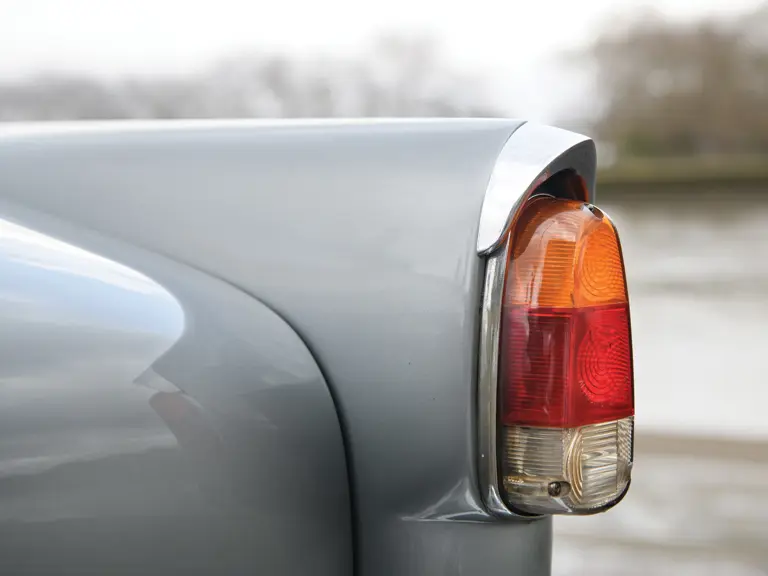

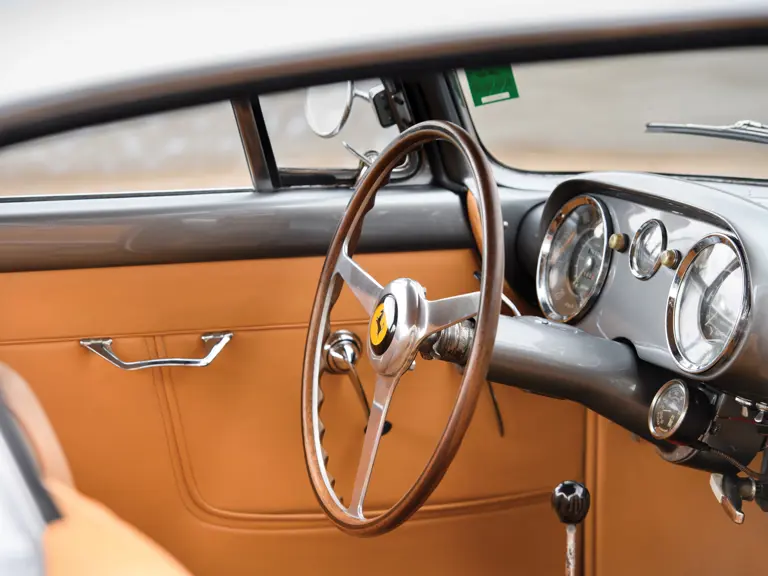
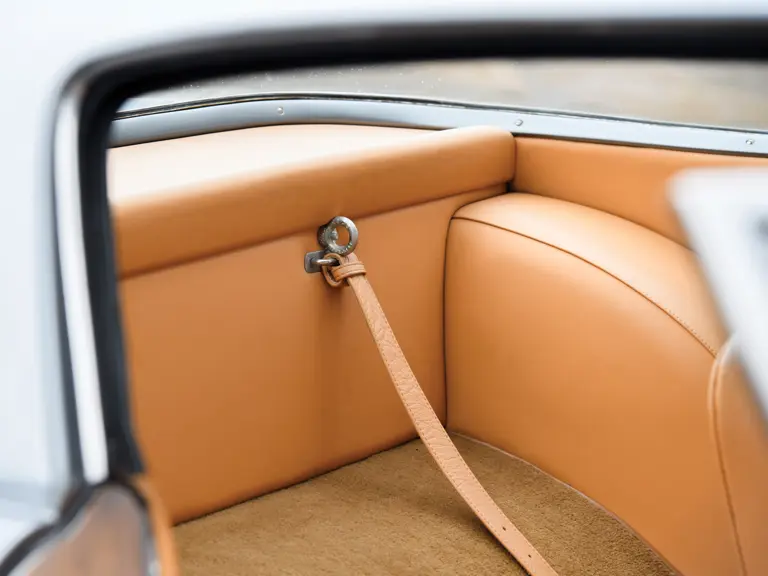
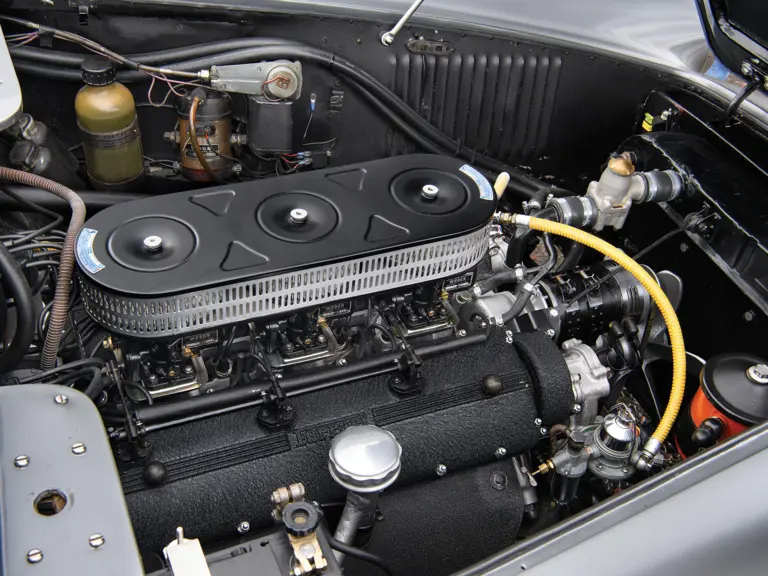

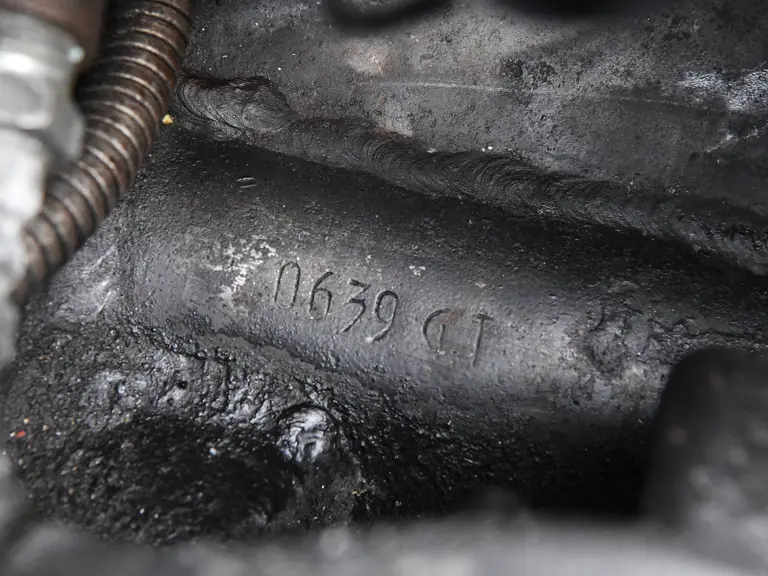
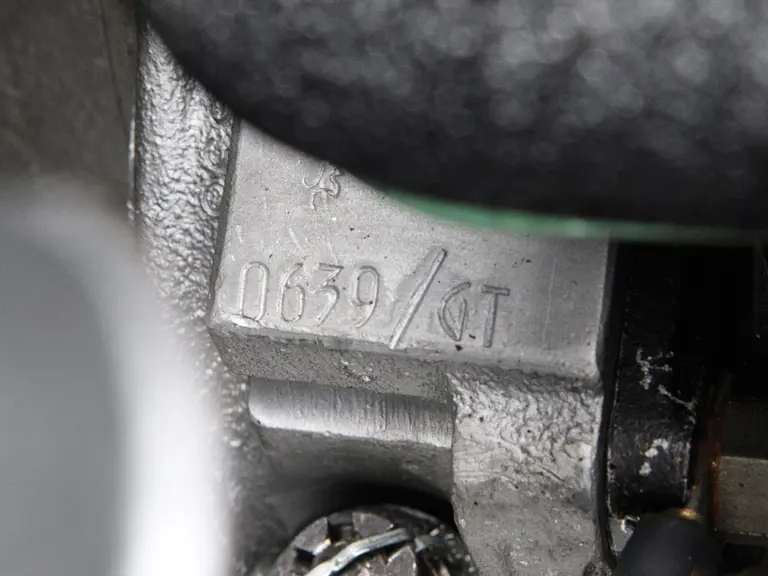
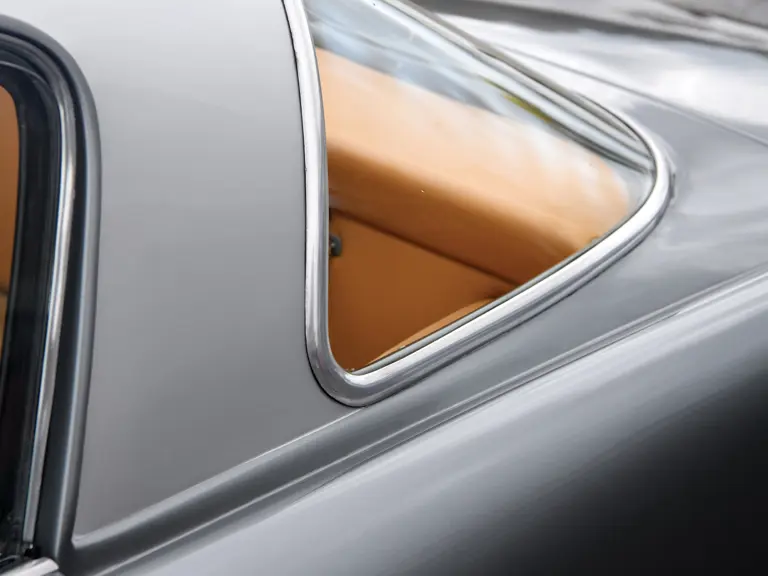
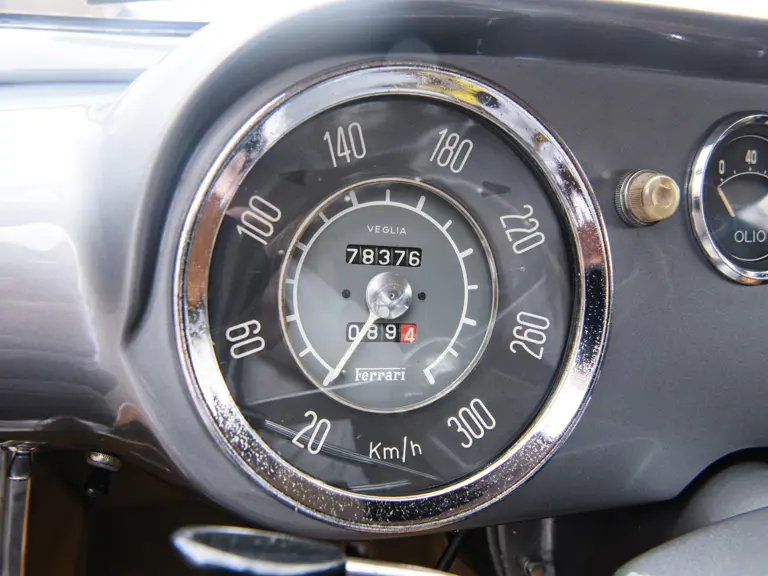
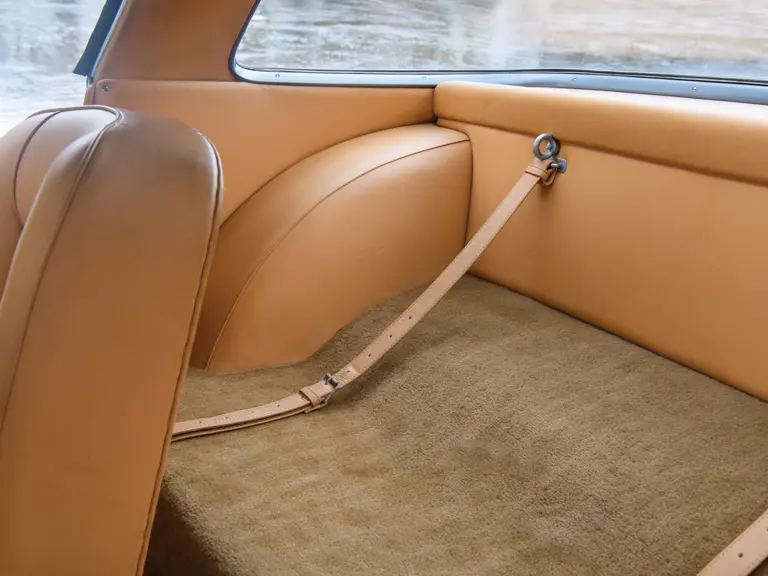
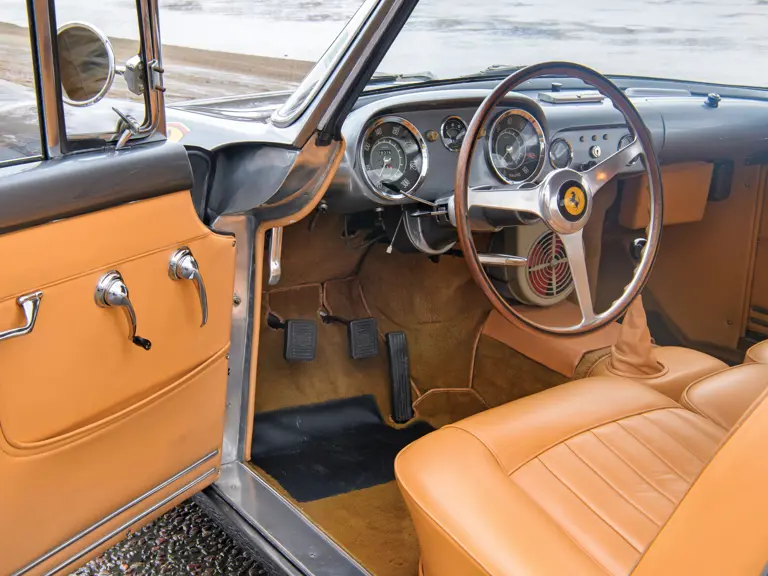

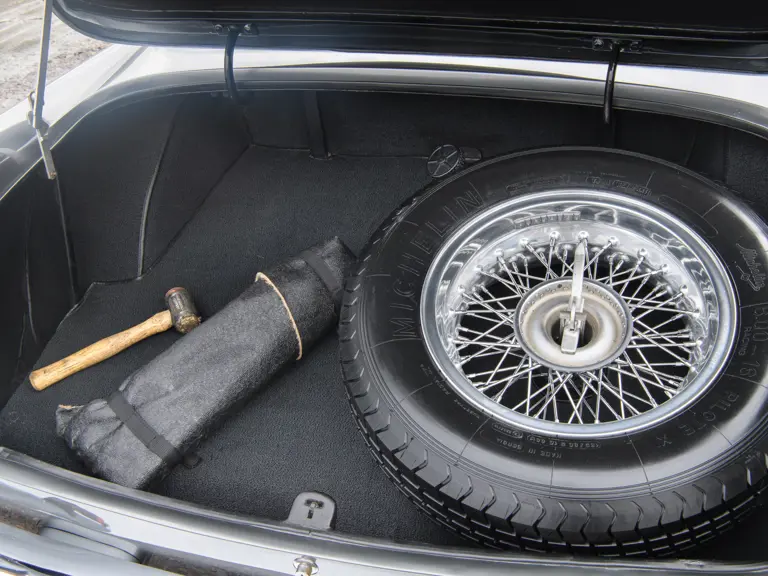
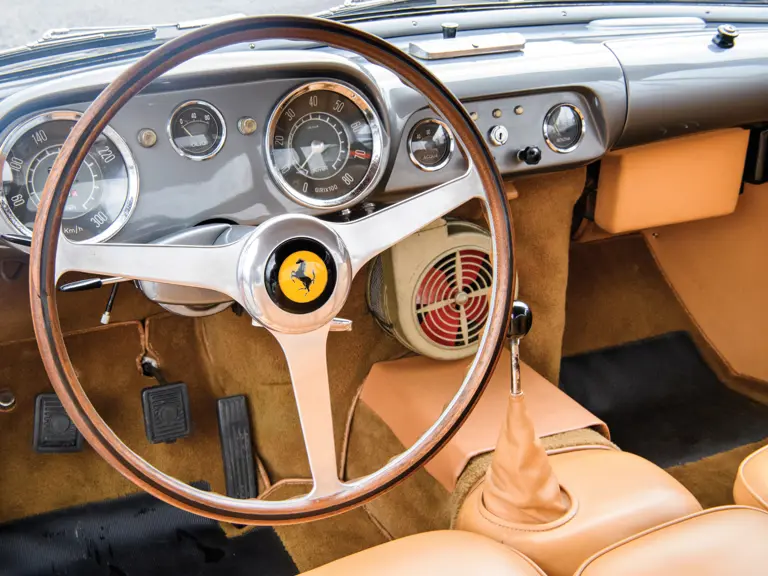
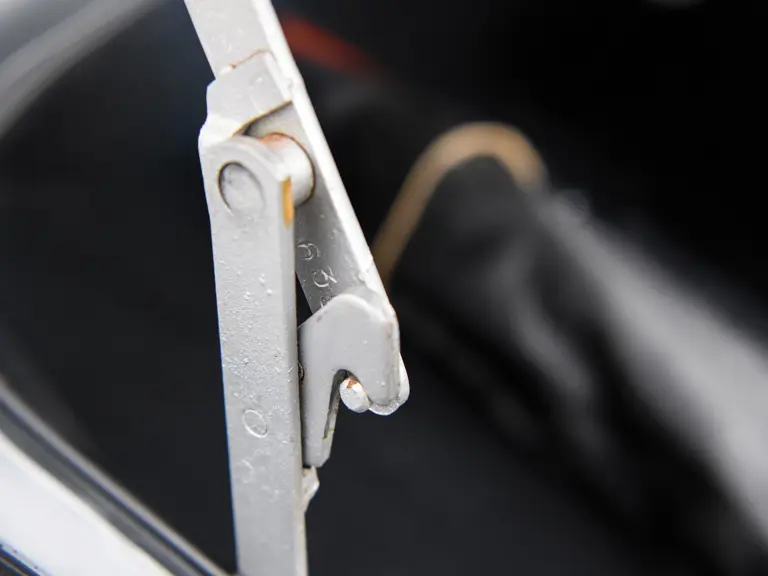
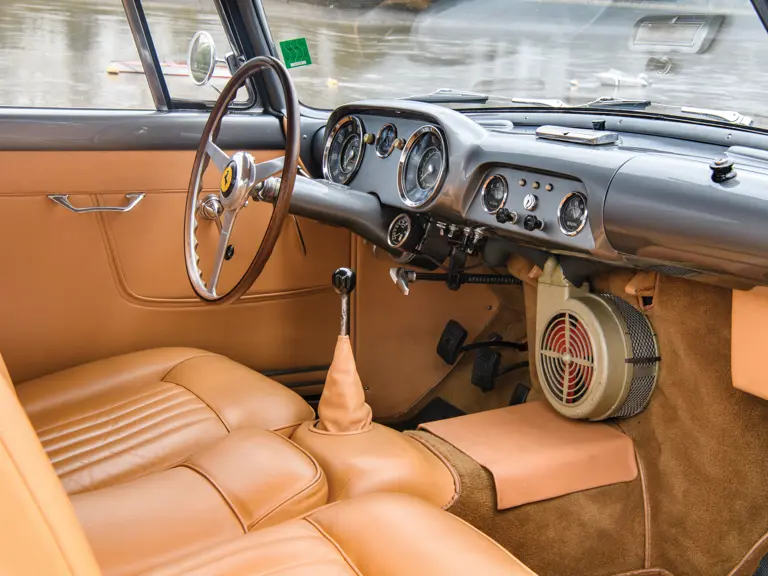
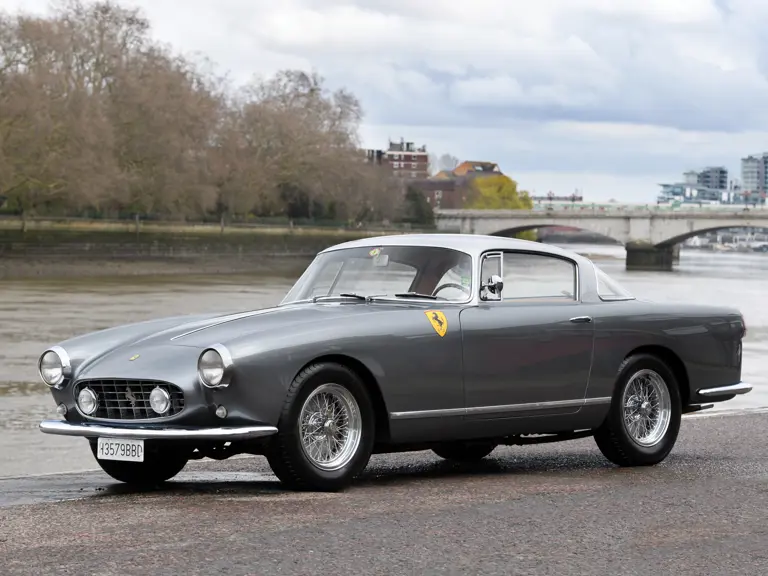

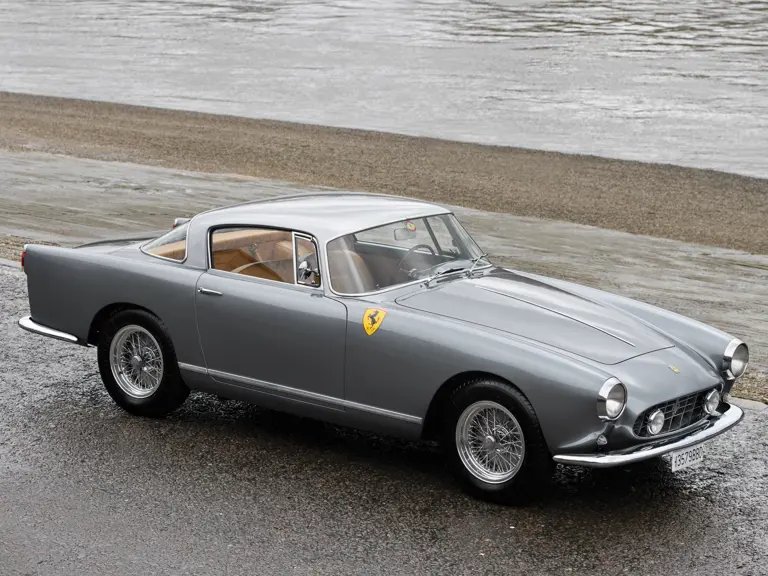
 | Monte Carlo, Monaco
| Monte Carlo, Monaco
